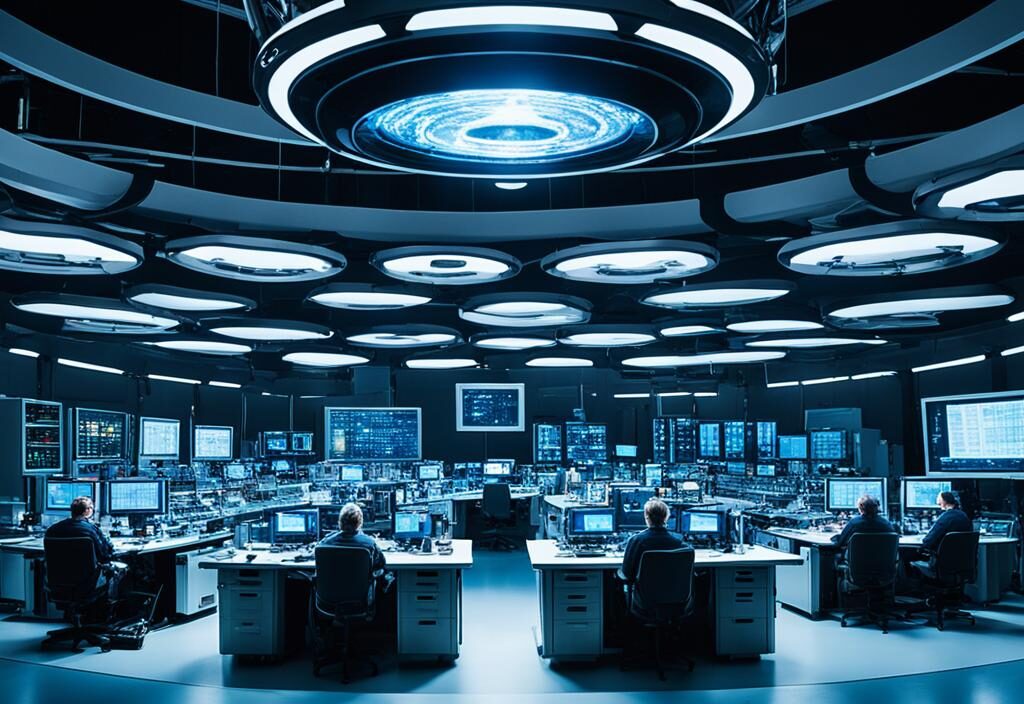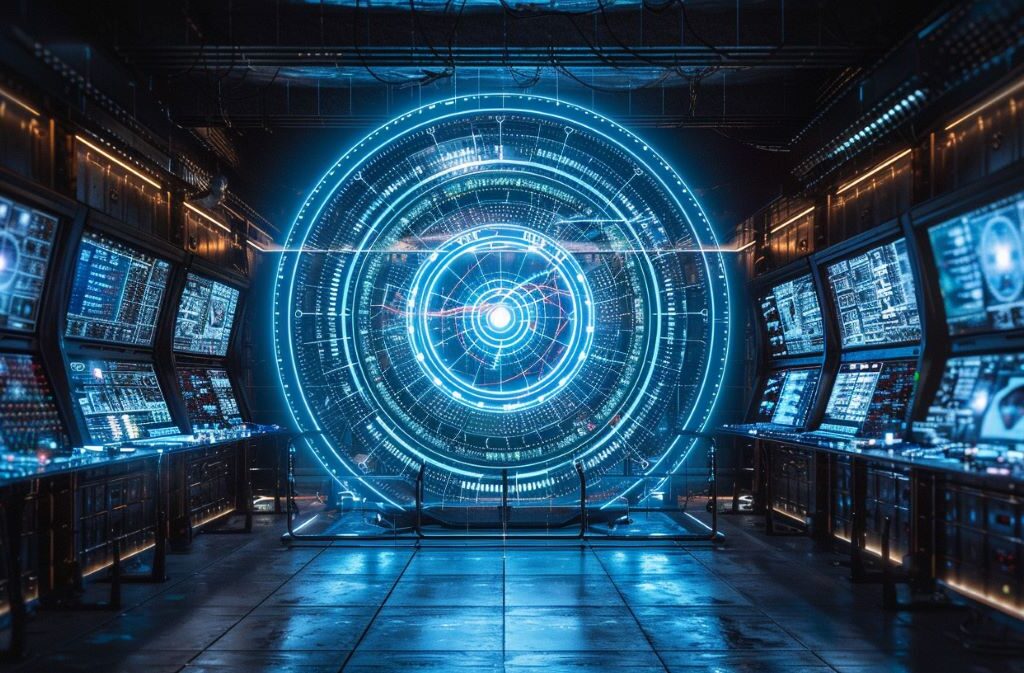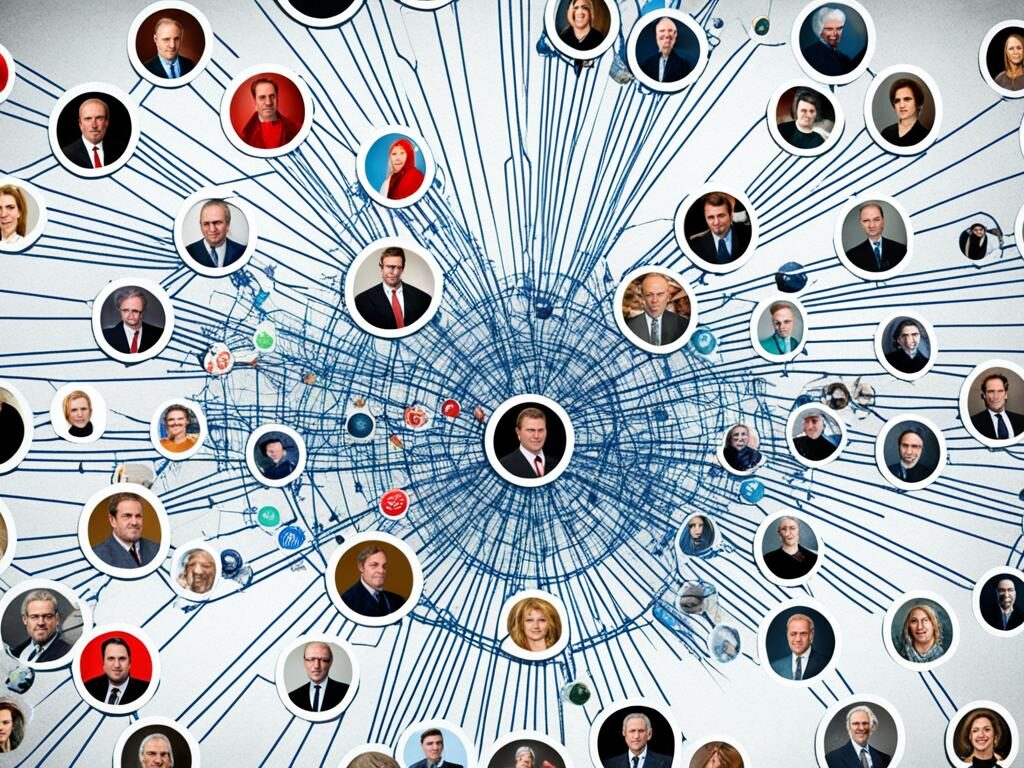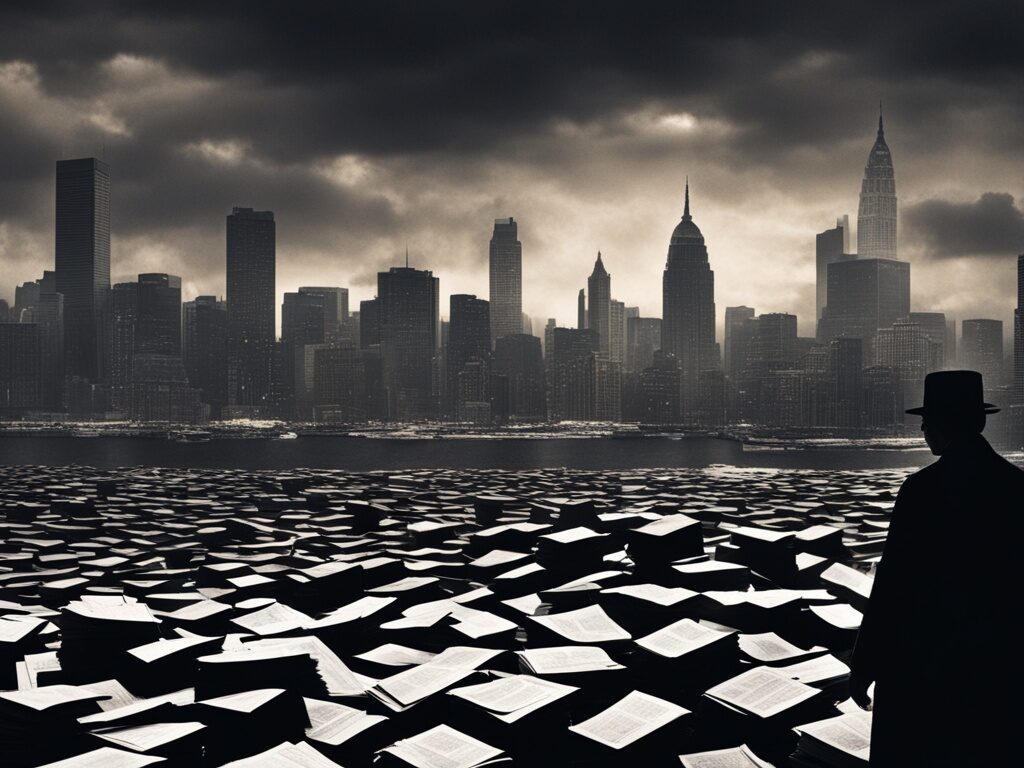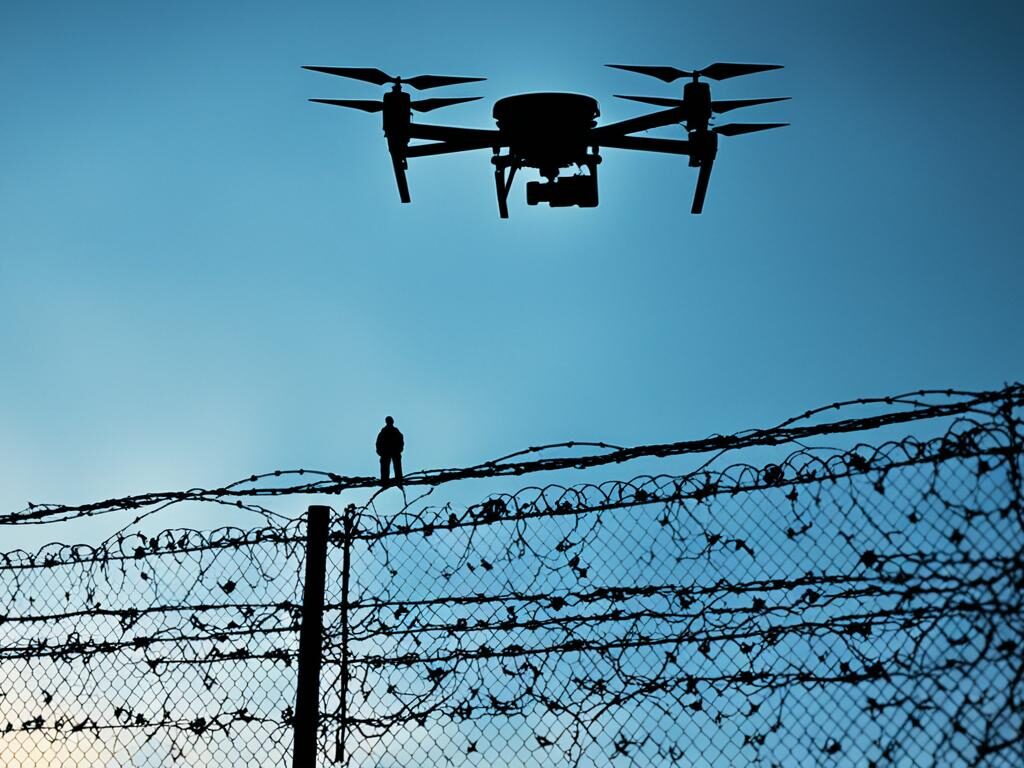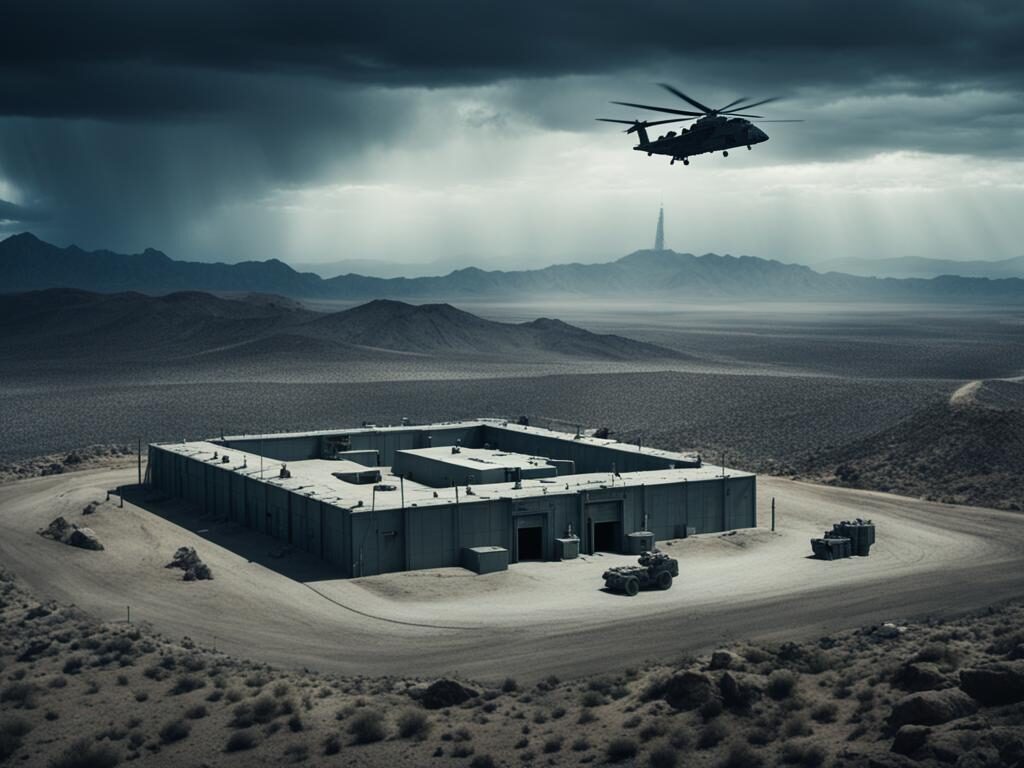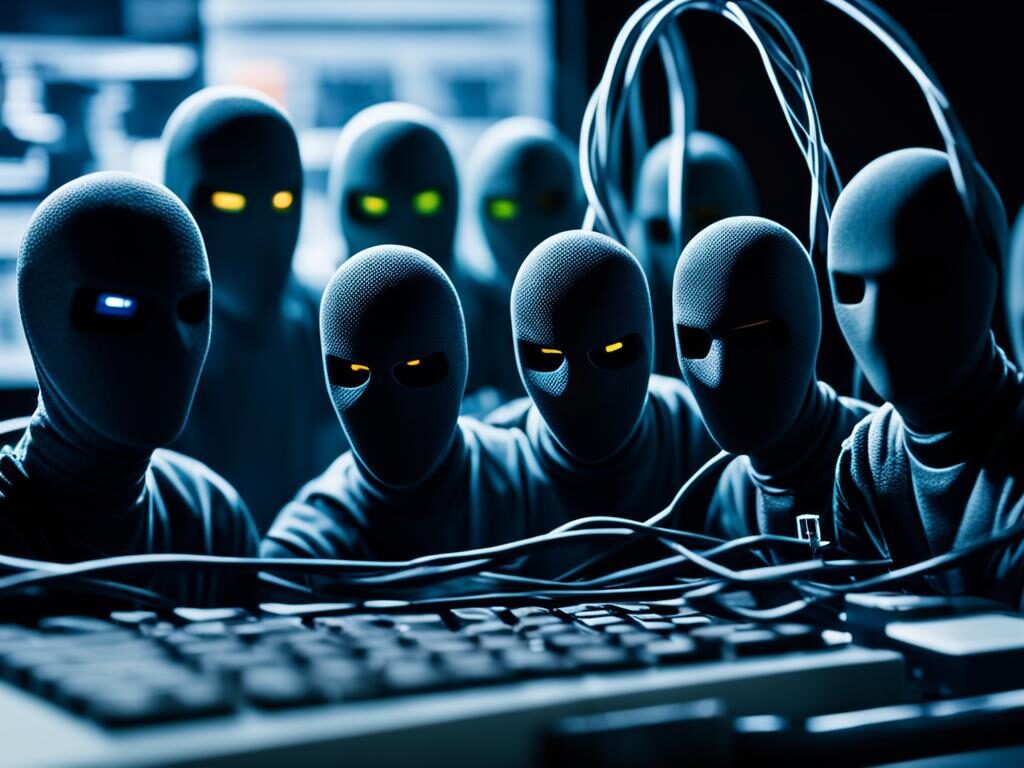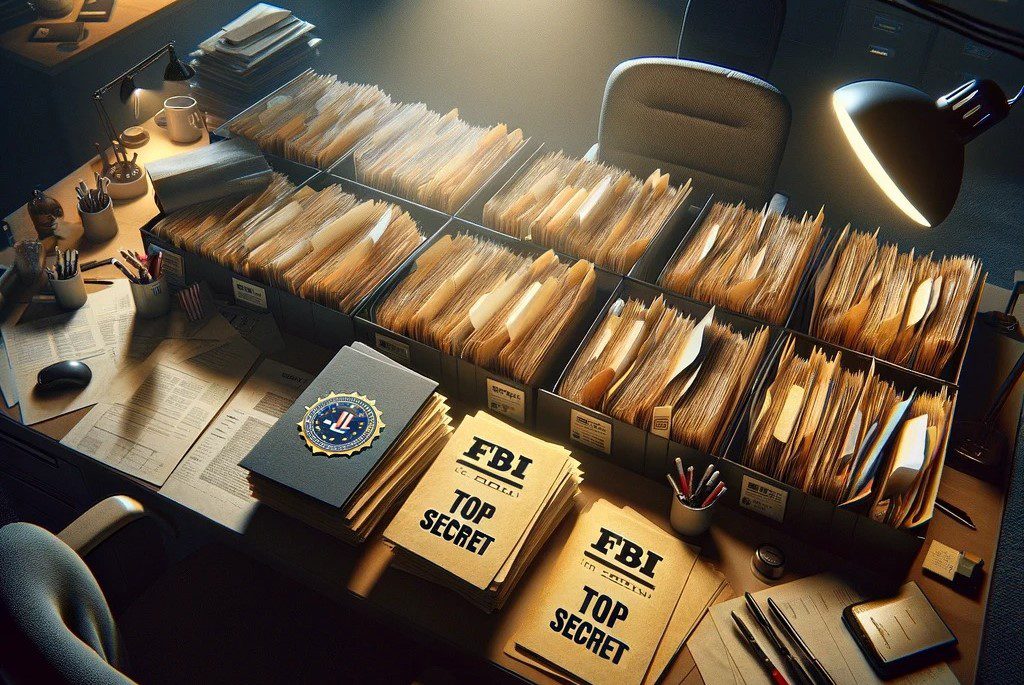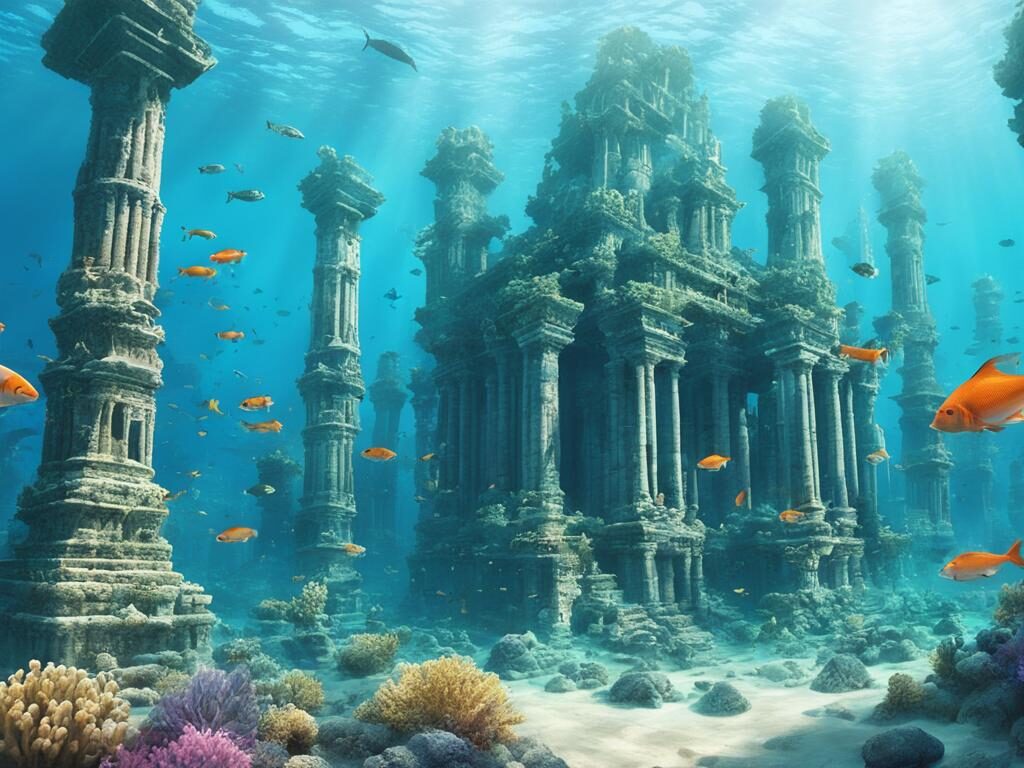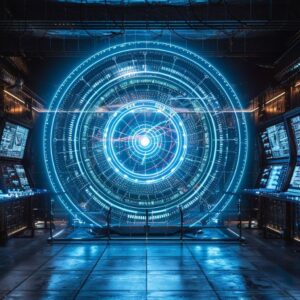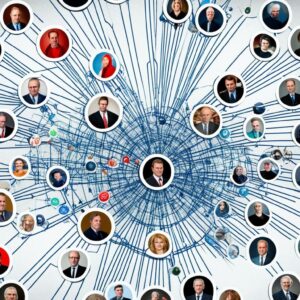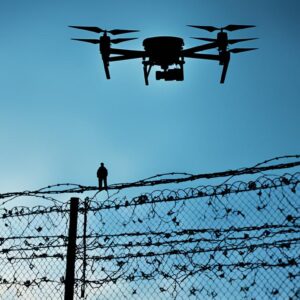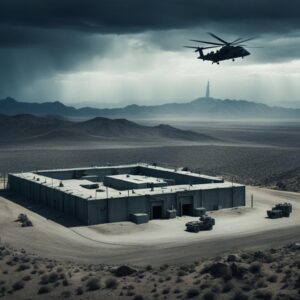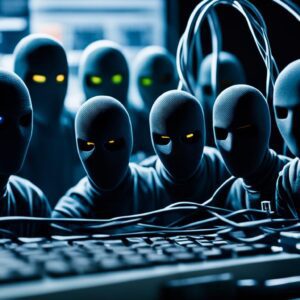Conspiracy theories often hover between hard to believe stories and facts. They are crafted from whispers that question official stories. Yet some theories are more than just wild thoughts. They reveal true government cover-ups and historical secrets.
By diving into proven conspiracy theories, we uncover truths.
These truths show us how some conspiracies shifted from doubt to confirmed facts. It’s an exploration into real events hidden for years.
Key Takeaways
- Not all conspiracy theories are without merit; some have turned out to be true.
- These proven theories often involve government secrets or historical events.
- Understanding what’s behind these conspiracies highlights the boundary between doubt and reality.
- The Tuskegee Syphilis Experiment and Project MKUltra are examples where conspiracies were proven1.
- Examining conspiracy theories closely can unveil important historical and social truths.
The Tuskegee Syphilis Experiment
The Tuskegee Syphilis Experiment stands as a dark mark in American medicine’s past. It showed a deep lack of respect for medical ethics and shed light on racial injustice in health care.
Background and Initial Theories
Started in 1932, this experiment was led by the U.S. Public Health Service in Tuskegee, Alabama. It aimed to watch how syphilis progressed if left untreated in African American men.2Even after finding a cure in 1947, the men were not treated. This approach made it one of the longest unethical human studies in medical history.2
More than 600 African American men were tricked into joining without a clear understanding3. Sadly, fears about the government using African Americans for risky medical testing were confirmed.4
Discovery and Public Outrage
Not until 1972 did the truth about this experiment come out. This revelation shocked the country and sparked a need for better medical ethics and racial justice. It led to a major lawsuit and demands for compensation3.
This history still hurts trust between Black communities and health educators, especially during the AIDS crisis2. False ideas linked AIDS to attempts at genocide, fueled by distrust in the government2. Even decades later, many African Americans and Latinos were unaware of the Tuskegee experiment4.
To break free from conspiracy beliefs in healthcare, it’s crucial to build trust with Black patients. This means being transparent and creating health programs that are culturally sensitive3. Honesty and open conversations are important for better health outcomes and to regain the Black community’s trust.2.
Project MKUltra
Project MKUltra was a secret CIA mission that started in 1953 during the Cold War. Its aim was to study and use mind control as a weapon against the Soviets5. This project included harsh experiments. Subjects were tested with drugs, hypnosis, and abuse without always knowing they were part of an experiment.
Origins and Alleged Activities
From 1953 to 1973, MKUltra ran 149 mind control tests. In 25 of these tests, people didn’t know they were subjects5. The operation used over 80 places like schools, hospitals, and jails for their experiments6. Researchers mainly focused on drugs like LSD, heroin, and others to see how they affected the mind7.
One part of MKUltra, called Operation Midnight Climax, was about testing drugs in real places. This happened in cities like San Francisco and New York7. Ken Kesey, author of “One Flew Over the Cuckoo’s Nest,” was one famous person tested with LSD7.
Evidence and Verification
In 1977, a request for information revealed MKUltra’s secrets because the CIA hadn’t destroyed those records7. Dr. Donald Ewen Cameron’s work in Montreal showed attempts to change human behavior as part of MKUltra6.
The project led to tragic events, like the death of scientist Frank Olson in 1953. His fall from a hotel has sparked many theories7. An autopsy in 1994 showed he was hurt before he fell, raising more questions about his death7. Olson’s family later got $750,000 in a settlement7.
MKUltra ended in 1973 because it didn’t lead to useful results. It had cost $10 million, equal to $87.5 million today6. Declassified files and Senate hearings have made MKUltra a well-known example of secret government projects and their impact on society5.
The Watergate Scandal
The Watergate Scandal started with quiet talks of spying. It grew into a big scandal for Nixon’s team. Through tough journalism, it led to an impeachment process. This made President Richard Nixon resign.
Initial Suspionage and Investigation
It began when five men were caught at the Democratic headquarters in Watergate on June 17, 1972. This break-in was linked to Nixon’s administration. The investigation showed Nixon’s close allies, H.R. “Bob” Haldeman and John D. Ehrlichman, were part of this plot. They were jailed for their crimes8.
Unraveling the Conspiracy
Journalists Bob Woodward and Carl Bernstein from The Washington Post were key in exposing the truth. Nixon’s tapes, with over 3,000 hours of talks, showed his team’s wrongdoings8. In 1996, 201 hours of these tapes were released. They showed Nixon misusing his power8. This evidence was crucial for the impeachment process.
Historical Impact
The Watergate Scandal had a big impact. It showed the power of journalism in checking those in power. It also led to more transparency in government. This meant future leaders would be watched more closely.
The Watergate story, on pages 285-297, talks about its influence on how we view conspiracies. Nixon’s tapes, more than any other president’s, helped the public see how he abused his power8.
Government Surveillance in the 1980s
In the 1980s, government spying really took off, making some fear they were always being watched. New tech let governments track people more than ever before. After 9/11, the U.S. could peek at emails, documents online, and where you go with your phone’s GPS9. This meant cameras could follow you almost anywhere, raising alarms about privacy.
The law began to catch up, asking if secret spying was okay9. Since 2001, hidden searches became a hot topic, especially after Edward Snowden spilled secrets in 20139. He revealed shocking spying, like watching through webcams without permission9. Snowden’s bombshells showed the tug-of-war between safety and privacy.
There have been major court cases involving big companies like Apple against the Govt surveillance9. Fighting over iPhone locks and secret data searches became common9. Police tend to stretch rules to get information online, showing a push for more control9. This has led to debates about how much surveillance is too much.
Secret Govt searches can harm our freedom because they’re hidden and force companies to stay quiet about the spying9.
It’s key to adapt freedoms for the internet age to protect our rights against more spying9. Now, being watched is a normal part of life, showing how much has changed in our relationship with the Govt.
Climate Change Denial
Many see climate change denial as just a wrong idea without facts. But, Cook, Oreskes, and their teams found in 2016 that science agrees humans cause global warming10. Despite clear proof, false stories and wrong info still sway people and laws.
The fossil fuel industry, like the Koch brothers, is big in pushing this denial11. They run campaigns that confuse people and block green policies. A study showed 90% of anti-climate change papers came from right-wing groups11.
In 2009, the Climategate scandal gave doubters something to talk about11. Over time, how we talk about this issue has changed. For instance, “climate science denier” is now used by The Guardian11.
Senator Jim Inhofe once used a snowball to deny global warming in the Senate11. His act shows how politics can twist science’s real impact on health. A 2016 study by McCright and others showed politics really does change how we see climate change10.
Thinking carefully helps people doubt less in fake theories, including climate change denial10. The role of online false news and how we think about it was studied by Treen, Williams, and O’Neill in 2020. They show the challenge in beating these fake stories10.
CIA’s Involvement in Drug Trafficking
For a long time, people thought the CIA’s connection to drug trafficking was just a wild story. But, looking closely at history and secret files has made us question those doubts.
Background Theories
In 1986, the Senate Foreign Relations Committee found something shocking. They discovered that the U.S. State Department paid drug traffickers. This was money meant for the Contras’ aid, even when those traffickers faced legal issues12. Since 1985, reports have linked Contra leaders to Colombian drug lords. There is proof that these leaders were involved in cocaine trafficking12.
In 1985, armed rebels were seen protecting cocaine at hidden airstrips. This cocaine was then shipped to Miami on shrimp boats12.
Evidence of Involvement
Over time, more signs of the government’s role in drug conspiracy came to light. In April 1986, the Reagan administration admitted some connections between the Contras and cocaine. This hinted at the CIA’s broader role in drug trafficking12. A 1989 Senate report by Senator John Kerry showed the U.S. knew about and ignored drug smuggling for national security13. Sadly, this report barely made the news13.
Gary Webb’s 1996 “Dark Alliance” articles in the San Jose Mercury News revealed a big drug network. This network sent millions to a Latin American guerrilla army, reportedly run by the CIA. It connected the drug trade to America’s crack epidemic1213. After an outcry, the CIA investigated itself. In 1998, they released a report by CIA Inspector General Frederick Hitz14. This report said the CIA wasn’t directly involved but failed to check drug crime allegations in Central America in the 1980s14.
In 1985, the Associated Press found that three Contra groups sold cocaine for war funds against Nicaragua13. There were also claims in 1981 that ADREN members smuggled drugs to fight the Sandinistas14. These stories show illegal activities that the government ignored or maybe even helped1213.
The CIA’s drug trafficking role is a major example of the government being involved in illegal acts. There’s a lot of proof of these crimes over the years.
Collusion Between Crown Forces and Loyalist Terrorists
The debate on Crown forces working with loyalist terrorists in Northern Ireland has always stirred controversy. Once thought of as mere conspiracy theories, deep investigations showed there was a big conspiracy at play.
Background and Early Doubts
In the late 1980s, the conflict in Northern Ireland grew with the IRA getting more violent and loyalists fighting back harder after the 1985 Anglo-Irish Agreement15. This led to claims that Crown forces were too close to groups like the UVF and UDA16. Many people and the government thought these were just rumors without proof.
Proven Collusions
Sir John Stevens’ in-depth criminal investigations changed the scene. His work collected 12,000 witness statements and over 32,000 documents15. The probe into Patrick Finucane’s murder in 1989 was a key part of these investigations15. It brought to light new facts previously unseen, showing real evidence of collusion15.
Many experts, including retired intelligence officers and a former BBC journalist named John Ware, helped in the investigation15. They found clear collusion between the Crown forces and the terrorists17. This was supported by full cooperation from governmental agencies, which was crucial for the review15. Official documents and intelligence material on the Finucane case confirmed these findings15.
The Defence Ministry, Security Service, and Northern Ireland Police Service played key roles in this investigation15. The Prime Minister and Northern Ireland’s Secretary of State admitted to the collusion. This was a big step towards transparency and offered some peace to the nationalists15.
Conspiracy Theories
Conspiracy theories combine suspicion and fear. They often suggest hidden, evil plans by the powerful. This core idea keeps them interesting.
Definition and Common Traits
Popular conspiracy theories share certain features. They focus on secret schemes and blame. They prefer stories over solid evidence. These views spread fast online, intriguing many.
The internet has made spreading conspiracy theories easier18. Nearly half of Americans believe in at least one19. QAnon, for example, has supporters across political lines, as shown in a 2019 poll18. Education doesn’t stop belief in these theories19. Tech advancements have made more people aware of them18.
Case Studies
A 2018 study in Florida found a lot of support for conspiracy theories18. The next year, more Americans believed in different theories18. Skepticism towards authority fuels this belief19. Reddit posts show that those interested have often clashed with mainstream views19.
Distinguishing Between Theories and Facts
Understanding theory from fact is essential in today’s information world. We have to think critically to find the truth. This helps us prove what’s right and expose false theories. Often, a theory is unlikely if it connects unrelated events or is too complex20. Also, if many people have to keep a secret, it’s probably not true20.
Many people believe in conspiracy theories, even when they contradict each other21. It’s key to separate real facts from mere guesses. This is a problem with conspiracy beliefs20. A survey showed 44% couldn’t tell a fact from an opinion about the U.S. budget21. We need good critical thinking to tell truth from fiction.
Some theories wrongly claim people want to control the country or the economy. They find hidden meanings in harmless events20. Everyone can fall for this, regardless of their politics. This shows why we all need to think critically. We must accept facts and question what we hear to really understand the truth21. Ignoring other viewpoints or denying proof only makes finding the truth harder20.
Psychological Aspect of Conspiracy Theories
Understanding why people believe in conspiracy theories is key. It involves cognitive psychology and social influence. These elements shape the belief in conspiracies.
Why People Believe in Conspiracies
People are drawn to conspiracy theories for a few reasons. They look for knowledge, meaning, and a sense of control. They also want to feel part of a group. These factors drive the belief in conspiracies.
About 25% to 50% of people believe in at least one conspiracy theory22. Over half of Americans know something about QAnon, a Pew Research Center survey found23. In Poland, 34% believe in anti-Semitic conspiracies22. This shows how widespread these beliefs are.
The Meme of Conspiracy Thinking
Conspiracy theories spread like internet memes. They catch on quickly and convince people easily. The rise and sticking power of these beliefs are explained by social influence and easy information access through social media23.
A study showed 65% of Black and White college students believe in government conspiracies against Blacks22. Conspiracy theories changed the views of 42% of people22. These numbers show the strong effect of social influence and biases.
Belief in conspiracy theories might not be growing. But, these theories are now easier to find because of social media23. Conspiracy thinking changes to match new stories and events. Understanding this helps us see why these theories grab hold of society.
Conclusion
As we wrap up our discussion on conspiracy theories, it’s key to think about how they blend truth and lies. We see this in real events like the Tuskegee Syphilis Experiment and the Watergate Scandal. These show that what might seem unfounded at first can turn out to be true. Yet, theories about the illuminati or government spying have had parts proven, showing our ongoing worries.
The psychological side of conspiracy theories is quite revealing. Studies show a strong link between one’s cognitive style and their belief in conspiracies24. This suggests that how people think can predispose them to believe in both real and made-up theories24. Learning about such theories might make people less likely to vote or help the environment, which shows the big impact these beliefs can have24.
In today’s world, conspiracy content is everywhere online, making it hard to tell what’s true from what’s not. It’s very important for organizations to be open and keep people’s trust. This helps fight the temptation of unproven theories. We need to be careful and base our opinions on real evidence to keep public talks honest and aware of hidden agendas.
We urge readers to always search for the truth and think critically amidst the flood of information. By staying alert and analyzing, we can become a society that’s well-informed and less drawn to harmful conspiracy theories. This way, we’re better at uncovering real issues like illuminati theories and more focused on the truth.
FAQ
What are some conspiracy theories that were eventually proven true?
What was the Tuskegee Syphilis Experiment?
How was Project MKUltra uncovered?
What were the key events in the Watergate Scandal?
How did the theory of government surveillance in the 1980s become accepted as reality?
What is the connection between climate change denial and conspiracy theories?
What evidence supports the theory of CIA involvement in drug trafficking?
Was there proven collusion between Crown forces and loyalist terrorists in Northern Ireland?
How are conspiracy theories defined and what are their common traits?
How can one distinguish between conspiracy theories and factual evidence?
Why do people believe in conspiracy theories?
Source Links
- https://www.theguardian.com/lifeandstyle/article/2024/may/05/readers-reply-which-conspiracy-theories-have-been-proved-true
- https://www.ncbi.nlm.nih.gov/pmc/articles/PMC1405662/
- https://worldchannel.org/press/article/ptt-medicine-health/
- https://www.ncbi.nlm.nih.gov/pmc/articles/PMC3539790/
- https://www.wired.com/story/mkultra-conspiracy-theory-meme/
- https://en.wikipedia.org/wiki/MKUltra
- https://www.history.com/topics/us-government-and-politics/history-of-mk-ultra
- https://millercenter.org/the-presidency/educational-resources/a-rough-guide-to-richard-nixon-s-conspiracy-theories
- https://constitutioncenter.org/news-debate/special-projects/digital-privacy/secret-searches-and-digital-civil-liberties
- https://www.ncbi.nlm.nih.gov/pmc/articles/PMC8499632/
- https://en.wikipedia.org/wiki/Climate_change_denial
- https://en.wikipedia.org/wiki/CIA_involvement_in_Contra_cocaine_trafficking
- https://nsarchive2.gwu.edu/NSAEBB/NSAEBB113/storm.htm
- https://www.pbs.org/wgbh/pages/frontline/shows/drugs/special/cia.html
- https://cain.ulster.ac.uk/issues/collusion/docs/desilva_sum_121212.pdf
- https://apps.dtic.mil/sti/tr/pdf/ADA365345.pdf
- https://dx.doi.org/10.1332/policypress/9781447316749.003.0007
- https://jigsaw.google.com/the-current/conspiracy-theories/
- https://www.newscientist.com/definition/conspiracy-theories/
- https://www.scientificamerican.com/article/the-conspiracy-theory-director/
- https://www.ncbi.nlm.nih.gov/pmc/articles/PMC8044776/
- https://www.ncbi.nlm.nih.gov/pmc/articles/PMC5724570/
- https://www.apa.org/news/podcasts/speaking-of-psychology/conspiracy-theories
- https://www.ncbi.nlm.nih.gov/pmc/articles/PMC7530244/



